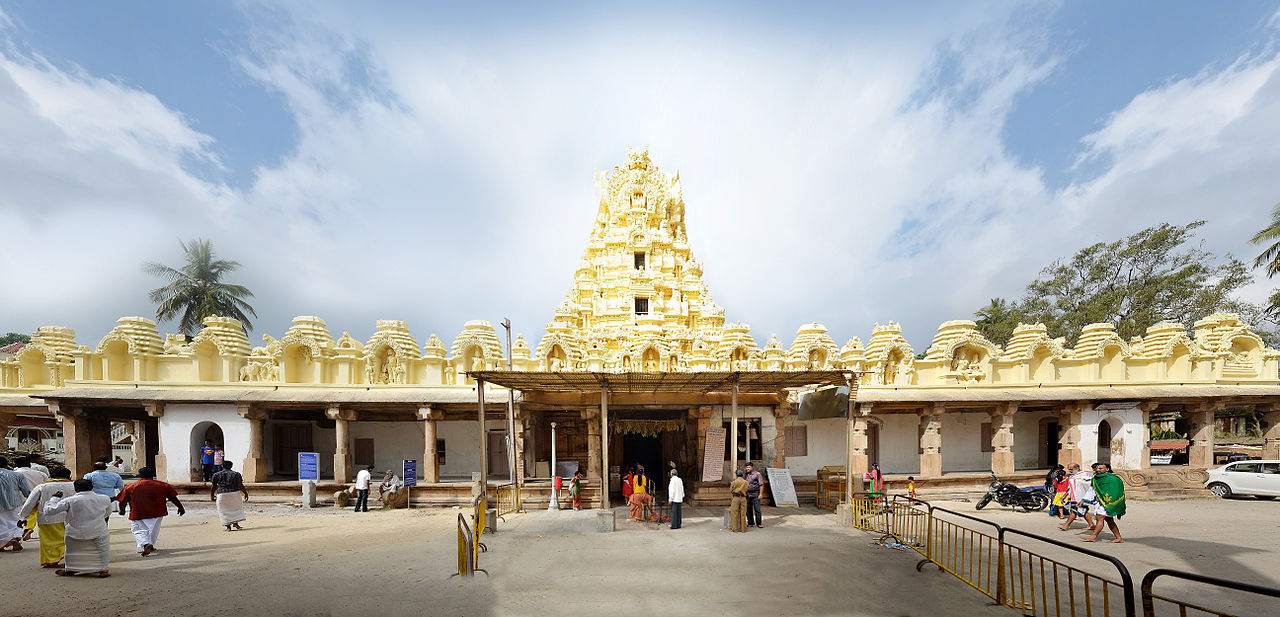Melukote Sri Cheluva-Narayana Swamy Temple, Karnataka

Address
Melukote Sri Cheluva-Narayana Swamy Temple, Pandavapura, Taluk, Melukote, Karnataka 571431
Deity
Cheluvanarayana Swamy
Introduction
- Location: Melukote, Mandya district, Karnataka, India.
- Distance: 51 km from Mysore, 133 km from Bangalore.
- Famous For: Sri Yoga Narasimha Temple located on the top of the hill. The place is also known as Thirunarayanapuram.
Puranic Significance
- Historical Background:
- The temple dates back to ancient times and was built during the Hoysala kingdom.
- The temple’s beauty and significance have attracted both common people and royalty.
- Notable Contributions:
- Tipu Sultan donated a huge drum.
- Mysore Parakalamatha donated a beautiful bell.
- Krishnaraja Wodeyar III of the Wodeyar dynasty donated a gold crown to the deity.
- Deity:
- The temple is dedicated to Lord Yoga Narasimha, featuring an idol in a seated position with Yogapatta.
- It is considered one of the seven holy centres dedicated to the worship of Narasimha.
- Saint Ramanuja:
- It is believed that Saint Ramanuja stayed here for 12 years, making it a prominent location for Brahmins.
Special Features
- Installation: The image of Yoga Narasimha is believed to have been installed by Prahlada.
- Gold Crown: The gold crown presented by Krishnaraja Wodeyar III is a notable feature.
- Historical Significance: The temple’s association with Saint Ramanuja adds to its prominence.
Festivals
- Narasimha Jayanthi: A special festival celebrating the deity Narasimha, held annually with various pujas and rituals.
Century/Period/Age
1000 years old
Managed By
Archeological survey of India.
Nearest Bus Station
Melukote
Nearest Railway Station
Mysore
Nearest Airport
Bangalore




